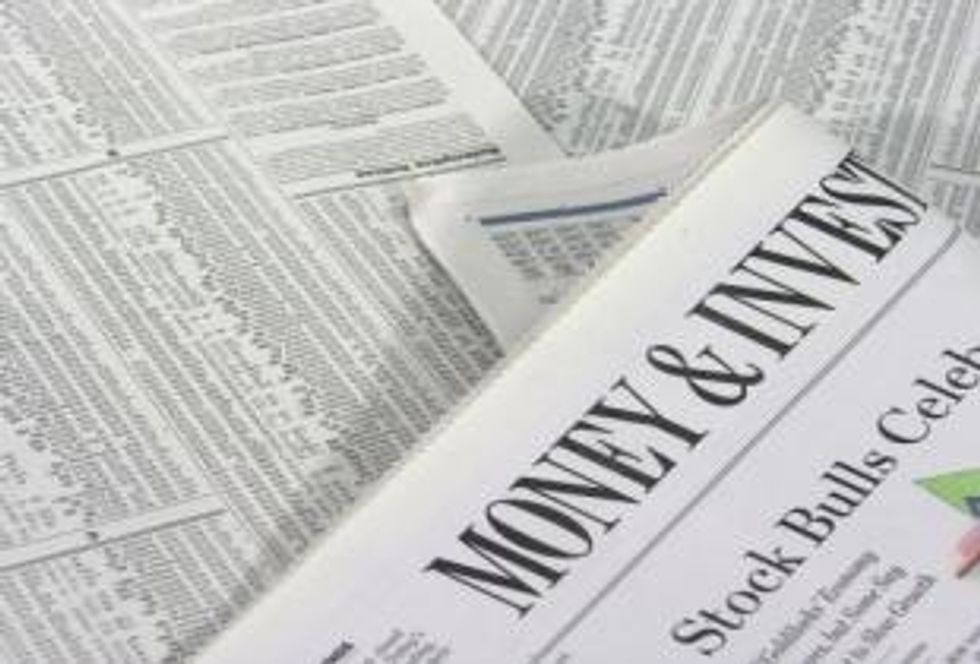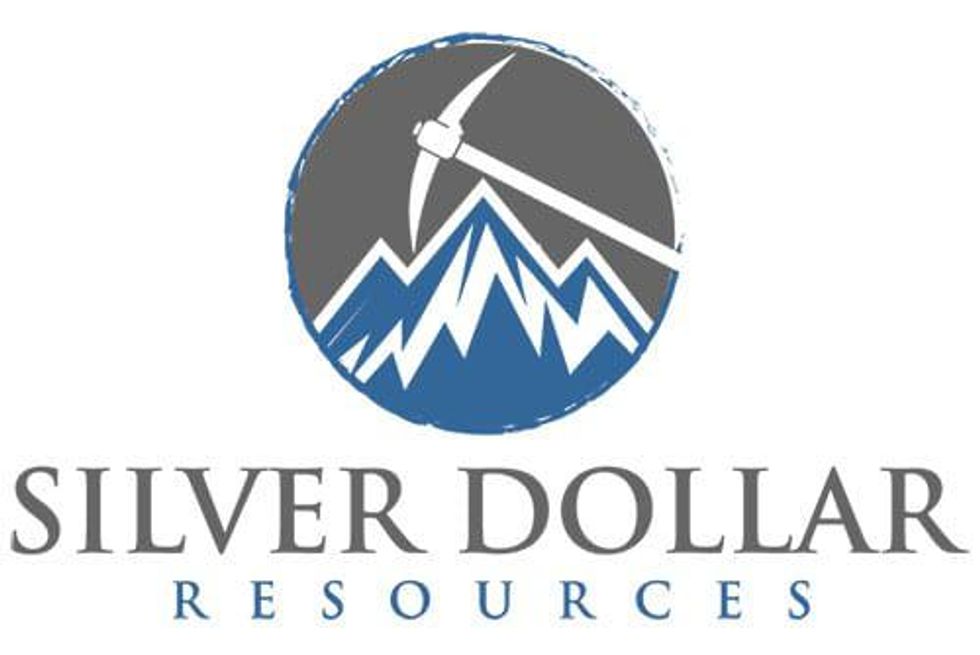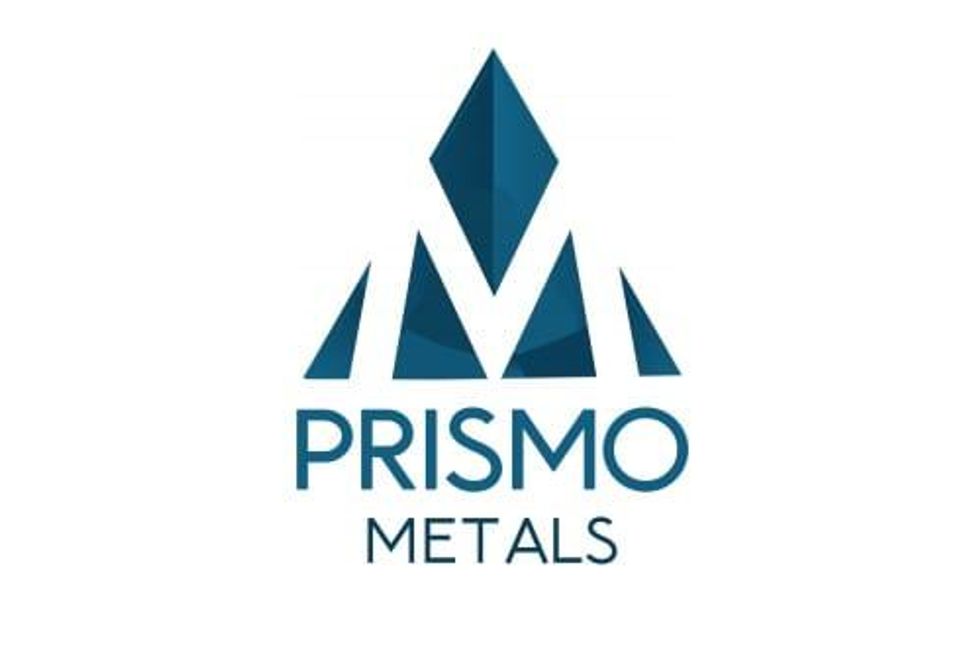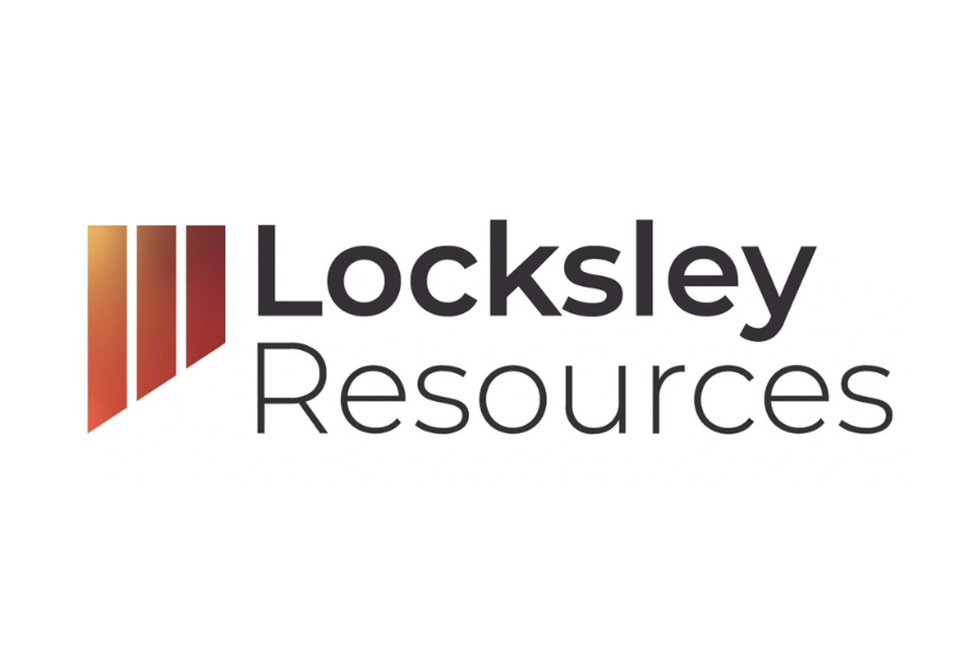Thomson Reuters GFMS: Silver Price to Average $16.50 in 2015
May 5 brought the release of the World Silver Survey 2015, an extensive report conducted annually by Thomson Reuters GFMS on behalf of the Silver Institute. The document outlines key silver price, supply and demand trends for 2014 and includes some information into what may be in store for 2015.
May 5 brought the release of the World Silver Survey 2015, an extensive report completed annually by Thomson Reuters GFMS on behalf of the Silver Institute.
The document outlines key silver price, supply and demand trends for 2014 and includes some information on what may be in store for 2015. To get a little more insight on those topics, Resource Investing News spoke with Andrew Leyland of Thomson Reuters GFMS. Here’s what he had to say.
Mine supply record
Silver mine supply came to a record 877.5 million ounces in 2014, with total market supply (also including scrap and net hedging supply) reaching 1,061.8 million ounces, the highest level since 2010.
While it might seem strange that mine production hit a record in a year that the silver price fared so poorly, Leyland explained that silver output was high in part because “70 percent of silver supply is just as a by-product, and it’s completely insensitive to the price of silver. That’s just because it’s produced along with gold, copper, lead and zinc.”
Furthermore, he said, when it comes to primary silver producers, “most of the mines are still quite comfortably producing silver below what the silver price is. Their cash cost is below the silver price, so they’re not having to restrict production.”
That said, those producers are having to make some other restrictions. Specifically, said Leyland, “what they are having to do is stop investment — they’re not making the kind of margins where you would be investing in new mines at the moment, and that’s why I think we’re probably going to see that 2014 was the peak year for silver production.”
Demand surpasses supply
Though silver supply was high in 2014, there was no shortage of demand. In fact, demand clocked in at 1,066.7 million ounces, the fourth-highest level since 1990, leaving a deficit of 4.9 million ounces.
However, while last year brought strong silver demand, GFMS states that it was down 4 percent from the level seen in 2013. That might sound disheartening, but Leyland was quick to point out that 2013 was a year of unusually high silver demand. “A lot of these comparisons for 2014 have to be taken against the very high base year of 2013,” he said.
In terms of where exactly silver demand came from in 2014, the firm notes that industrial applications account for 56 percent of all physical silver demand. Leyland spoke briefly about a couple of fields in that sector to watch, with one being the wearable tech market. “Certainly it’s a growing market, [and] we see continuing movement towards wearable tech,” he said.
He’s also got an eye on the solar industry. It’s not a new source of demand for silver, but according to Leyland, silver offtake from the solar industry rose in 2014. “Silver’s quite well placed to benefit from any increase in underlying demand for solar panels,” he said.
Coins and bars and silverware are other key sources of silver demand, but as with industrial demand, offtake from those sectors was weaker in 2014 than in 2013. Interestingly, silver demand from the jewelry sector saw a slight uptick in 2014, reaching a record 215.2 million ounces. The rise there was largely driven by increased demand from India, which offset “sizable falls in China and Thailand.”
Silver to average $16.50 in 2015
By now it’s no secret that the silver price didn’t fare particularly well in 2014. Indeed, according to the GFMS report, it averaged just $19.07 per ounce — that’s down 19.8 percent from 2013 and is the white metal’s lowest annual average price since 2009.
As mentioned, that price decline came amidst a slight deficit in the silver market, raising the question of why exactly there was a price drop and not more balance. Explaining, Leyland noted that the steep fall was “due to silver’s role as an asset class, the role that the over-the-counter market has.” In other words,”silver is, along with gold, less attractive as an asset class as we approach a rising interest rate environment. So a lot of institutional investors have gotten out of silver and gold positions over the past couple of years, and that’s been a prime driver behind the price decline.”
The GFMS report is even more emphatic on the rate hike’s importance to the silver price, noting that two themes are essential to understanding silver’s price action in 2014: concerns about tapering of US quantitative easing and anxiety about China’s ability to drive growth. The firm notes that those factors were “broadly negative over the course of the year,” though the white metal saw “two sustained rallies” during 2014.
When asked if those themes will be relevant again in 2015, Leyland answered in the affirmative, noting that in terms of the former, the market has been “trying to price in … the impact of interest rate increases in the US.” Whether that’s happened or not remains to be seen, but his opinion, it likely has. That means “it’s quite possible we’ll actually see a counterintuitive reaction to higher rates when they come. There may be a slight increase in the silver price towards the end of the year.”
Currently GFMS predicts that the rate increase will come towards the end of summer, perhaps in August or September. That said, Leyland admitted, “our guess is as good as anyone’s.”
All in all, the firm is predicting an average 2015 silver price of $16.50. In terms of exactly how the metal may move for the rest of the year, Leyland said he thinks “there is room in the coming months for a bit more weakness.” However, he added, after the rate hike, “we would expect a little bit more money to move into silver and a correction to the upside to happen. We’re expecting the fourth quarter to finish around $17 per ounce.”
Looking further into the future, he said, “I think after four years of declines in average annual prices we’d expect the silver price to trend higher over the next couple of years.”
Securities Disclosure: I, Charlotte McLeod, hold no direct investment interest in any company mentioned in this article.
Editorial Disclosure: The Investing News Network does not guarantee the accuracy or thoroughness of the information reported in the interviews it conducts. The opinions expressed in these interviews do not reflect the opinions of the Investing News Network and do not constitute investment advice. All readers are encouraged to perform their own due diligence.
Related reading:
Bruce Alway of Thomson Reuters GFMS Talks Copper Prices
Why is Thomson Reuters GFMS Predicting a $7,073 Incentive Copper Price?




